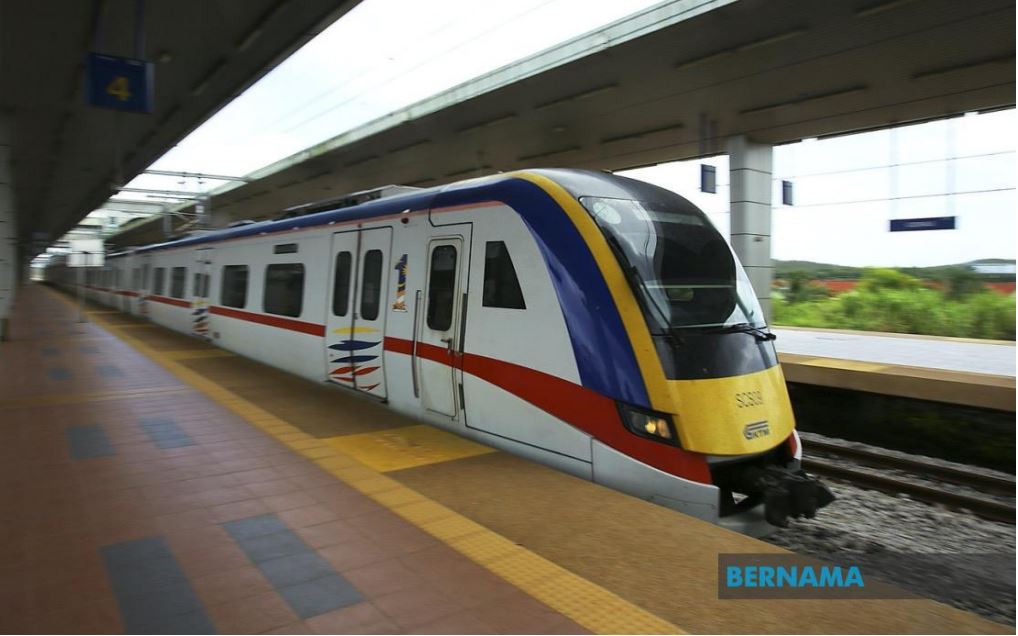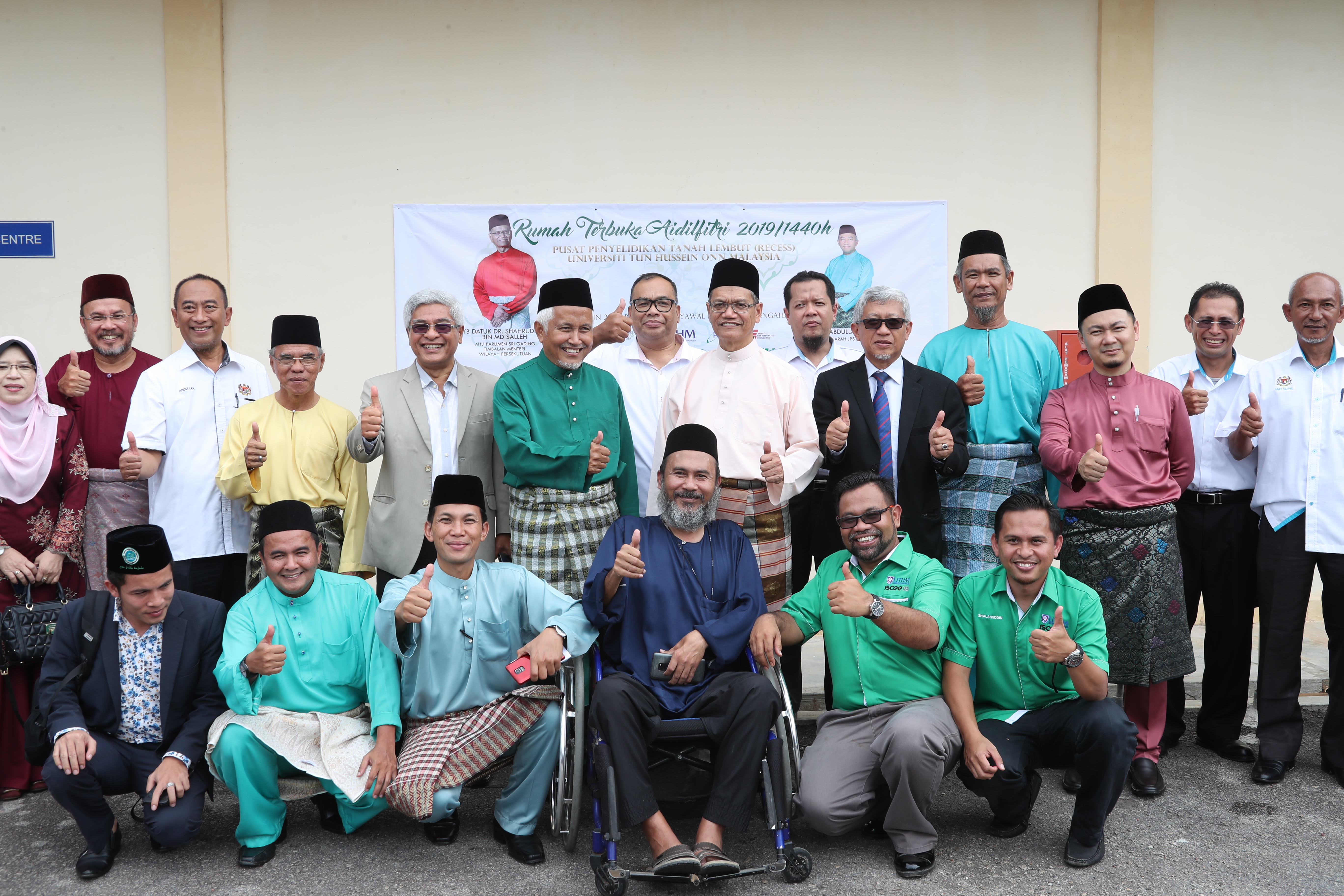
Recently Johor Bahru City Council (MBJB) Mayor Noorazam Osman proposed that an LRT system be built in Johor Bahru. Noorazam said there is an urgent need for public transport to be improved to support the coming link of the new Rapid Transit System (RTS) which is currently under construction. The RTS system connects the city to Singapore using the LRT system which will be able to move about 10,000 users per hour in each direction.
According to economist Niaz Asadullah from Monash University, the public transport infrastructure in Johor Bahru needs to be developed in tandem with Singapore’s public transport system. He also argued that the proposed LRT can reduce traffic congestion, shorten public transport time, and attract more B40 people as well as non-vehicle local and foreign workers into the labor market which will help increase employment levels in Johor state.
Teh Kee Sin, founding president of the South Johor SME Association, said the LRT system should be part of the Iskandar Malaysia master plan introduced in 2007. The master plan targets the development of high-tech industrial business scopes, but the lack of public transport to reach the industrial areas is the major constraint to its development.
Rosli Khan, a transport expert, disagrees with the proposal to implement an LRT system in Johor Bahru. He believes the construction of LRT is expensive, and not cost-effective because it is expected that demand for it is lower in a city with a population of only 500,000. Low demand and exorbitant construction costs do not warrant Johor Bahru to have an LRT system.
High LRT construction cost can be seen in the Pulau Pinang LRT project where the federal government allocation of RM 10 billion will only yield 27 km of tracks and 22 stations.
So, the question arises, how can Johor Bahru build an efficient public transport system without breaking the bank? The answer is to start commuter service in southern Johor. Surprisingly, southern Johor already has an existing railway network that can fulfill the need for a rail-based transport system. Keretapi Tanah Melayu Berhad (KTMB) rail track infrastructure in southern Johor can serve the purpose.
In the Klang Valley, before the government built the LRT, they upgraded the KTM rail line in Selangor, Kuala Lumpur, and Negeri Sembilan and offered KTM Komuter services in the Klang Valley.
Similarly, in the north of the peninsular after the completion of the double tracking and electrification rail projects of the KL Sentral to Padang Besar railway line, KTMB launched the KTM Komuter Utara service connecting Ipoh-Butterworth–Padang Besar.
In Johor, KTMB should offer KTM Komuter services in the southern part of the country after the completion of the double tracking and electrification rail projects on the 197 km rail line from Gemas to Johor Bahru. This north-south rail line is expected to be completed in 2025, once completed, a commuter service connecting Kluang to Johor Sentral looks promising.
Besides these north-to-south Johor rail tracks, KTMB also has a 71 km single non-electrified railway track stretching from Port of Tanjung Pelepas to Johor Port in Pasir Gudang. This track connects the east side of southern Johor of Pasir Gudang to the west side of Johor in Tanjung Pelepas. This existing track is currently underutilized since it is only being used for cargo transportation.
Leveraging this infrastructure, commuter services connecting the east to the west of southern Johor are possible. This east-west rail track starts from Pasir Gudang port, crosses Taman Pasir Puteh, Masai, Seri Alam, Plentong, Johor Jaya, Taman Daya, Kempas Utama, Skudai Utara, Skudai Selatan, Bukit Indah, Iskandar Puteri, Gelang Patah and end up at Tanjung Pelepas port. The route also passes next to Sultan Ibrahim Stadium, the headquarters of the JDT football team in Iskandar Puteri. This track crosses through the new Kempas Baru Railway Station making it a perfect interchange station for the north-south and east-west KTM commuter services.
What KTMB needs to do is build a small-scale train station in each of the above areas together with facilities such as counters or ticket-selling machines, waiting areas, parking areas, and toilets that are sufficient for users to use.
Since the existing track is a single carriage track, KTMB needs to provide dual carriageways only in certain areas of the route to allow trains from different directions to be safely passed by without disrupting the train schedule.
KTMB can operate this east-west route using the KTM Class 61 DMU (diesel multiple units) train since the existing track is not electrified. This Class 61 DMU is a diesel unit that is commonly used by KTMB on the non-electrified track line on the East Coast of Peninsular Malaysia. These DMU units are used between Tumpat, Gua Musang, and Kuala Lipis and are now fully utilized on the east coast route with the opening of the East Shuttle from Kuala Lipis to Gemas.
The KTM Class 61 DMU has over 200 seats and 100 spaces for standing passengers and is ideal for the east-west of Pasir Gudang-Kempas Utama-Tanjung Pelepas commuter service.
In addition to the above infrastructure requirements, KTMB needs to develop a timetable that can meet the needs of passengers and ensure that these commuter services operate efficiently.
An efficient feeder bus or feeder bus service should be established in collaboration with the Johor state government to make it easier for users to get to the train station and connect to their destination.
By integrating north-south EMU (Electric Multiple Unit) commuter services (the Kluang-Kempas Baru-JB Sentral line) and east-west DMU commuter services (the Pasir Gudang–Kempas Baru-Tanjung Pelepas line) as well as making the Kempas Baru KTM Station as an interchange station for commuter passengers, an effective commuter service can be established by KTMB in the south Johor. When combined with efficient intermediary bus services, this commuter service can be an alternative mode of transportation for users and help reduce traffic congestion on roads in southern Johor.
This integrated KTMB commuter network that ends at Johor Sentral will make it easier for people to go to Singapore. JB Sentral is a bus and train terminal located next to the Johor Bahru Customs, Immigration, and Quarantine (CIQ) Complex. Passengers can take buses to Singapore at JB Sentral and also can take the Tebrau Shuttle service that connects JB Sentral KTM station to Woodlands train station, Singapore also known as Woodlands Train Checkpoint (WTCP).
The location of JB Sentral is also adjacent to the future Bukit Chagar RTS station at JB Sentral therefore indirectly linking the southern KTM commuter services network in Johor Bahru to the Singapore LRT & MRT network system.
These north-south and east-west rail lines, which can be called KTM Komuter Selatan, have many benefits and advantages for the southern citizens of Johor. Instead of spending billions on the LRT system, the government should utilize the existing infrastructure and make KTM Komuter Selatan a reality. This project, if implemented, will add value to the existing KTMB assets and provide a much-needed transportation system for the southern residents of Johor.

Mohamed Ismail KP Hj Pakir Mohamed
Senior Lecturer
Faculty of Technology Management & Business
Universiti Tun Hussein Onn Malaysia (UTHM)









